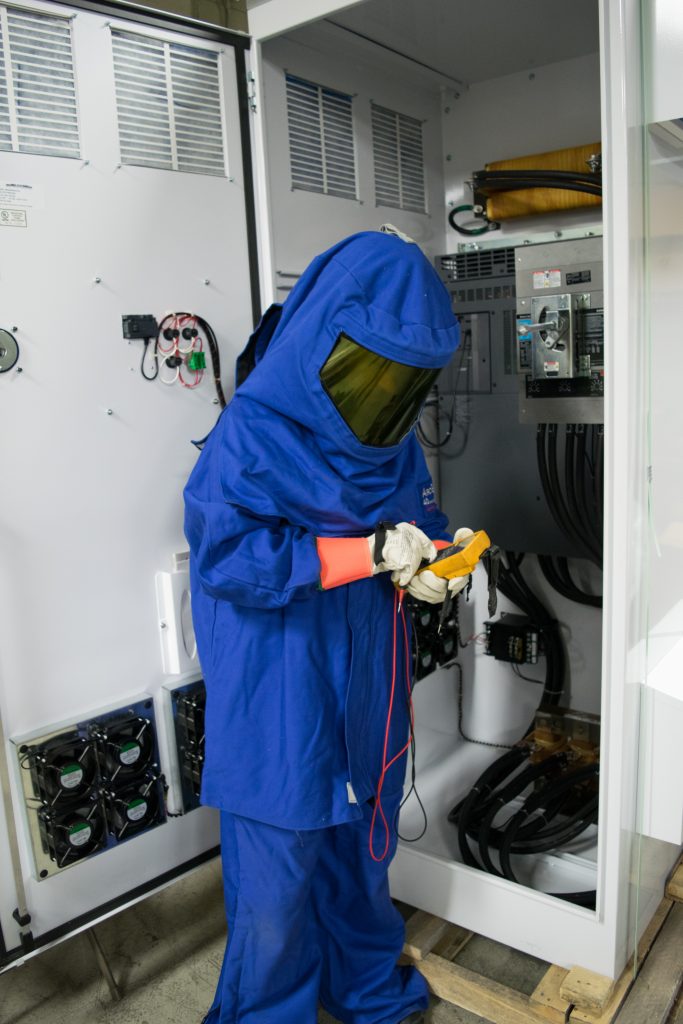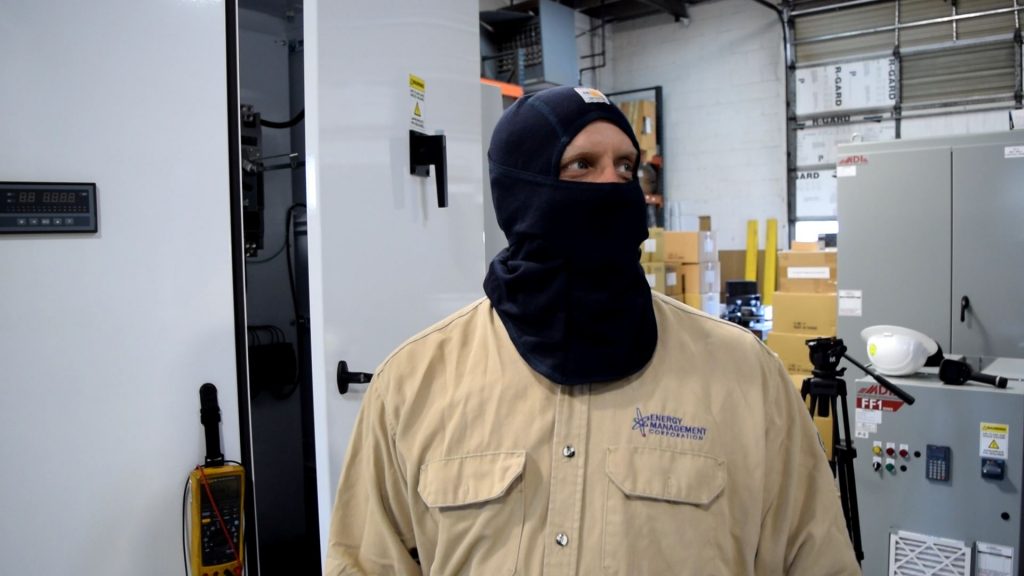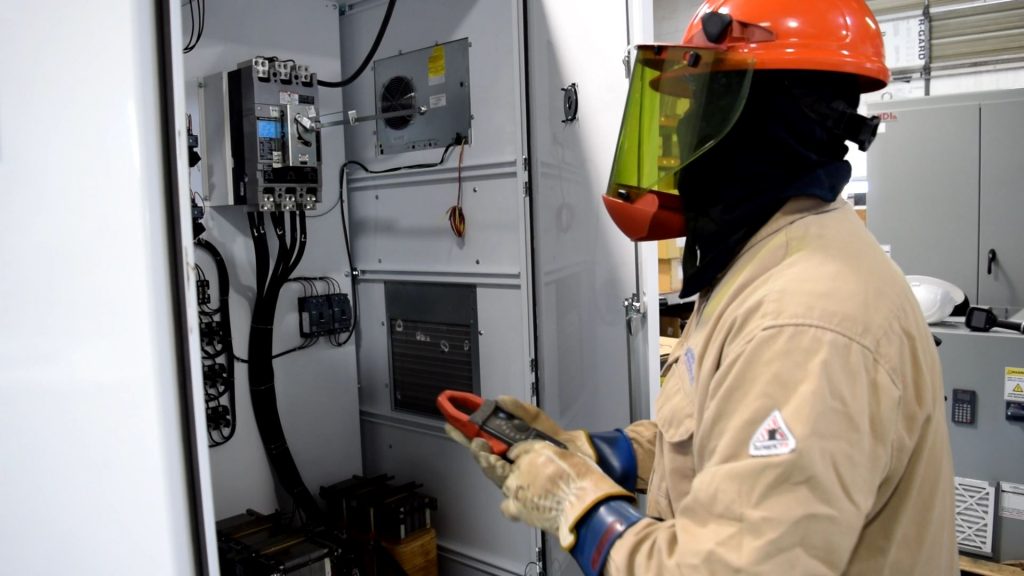Arc Flash Crash Course
Breaking Down Arc Flash
Any time you start dealing with electrical equipment, there needs to be consideration given to how you are going to keep yourself and others safe. At VFDs.com, we specialize in VFDs and related equipment, so it made sense for us to talk about one of the biggest related safety topics, arc flash hazards. We are going to give a quick crash course on what arc flash is, why it matters, and what you can do about it.

What is Arc Flash?
The National Fire Protection Association (NFPA) has defined an arc flash hazard as “a source of possible injury or damage to health associated with the release of energy caused by an electric arc.” But what does that mean? In short, an arc flash is electrical discharge, usually through the air or something other than the wires and devices it is meant to go through.
When you see videos of electrical equipment “blowing up,” or sending sparks and electricity flying out, that is an arc flash. An arc flash can be small and relatively harmless, but it can also pass the amperage seen in a lightning bolt, making arc flash something that needs to be taken very seriously.
What Causes an Arc Flash?
An arc flash is usually caused by movement, such as racking out breakers, equipment failing, or something coming in contact with equipment, such as an animal or tool. Most arc flash incidents can be traced back to human interaction, such as people touching or working on equipment without knowing what they are doing.

Why Should You Care?
What most people don’t realize is that an arc flash has multiple elements that can cause injury. The flash itself can reach temperatures up to 35,000°F, hotter than the surface of the sun. The blast can send a pressure wave at 2100 lbs/in2, which is much higher than the 5 lbs/in2 needed to rupture an ear drum. The blast can also send shrapnel flying which can hurt anyone nearby, as well as molten copper vapor which can be inhaled. Overall, an arc flash can be a catastrophic event for anyone involved.
If the burns and injuries that an arc flash can cause are not enough to persuade you to take action, know that most industries are regulated through multiple agencies in the United States in regards to arc flash. You likely have rules that apply from the Institute of Electrical and Electronics Engineers (IEEE), the Occupational Safety and Health Administration (OSHA), and the already mentioned NFPA. Your organization might also have industry-specific regulatory bodies that are relevant, plus any company-specific guidelines.

What Can You Do About Arc Flash?
There are levels of personal protective equipment (PPE) that you should be wearing depending on the system you are working with, including eye protection, skin protection, hearing protections, and other aspects. Wearing proper PPE, however, is not enough. NFPA suggests looking at mitigating the risk from multiple angles, including adding administrative and engineering controls, raising organizational awareness, and trying to substitute or eliminate sources of arc flash hazards.
Ultimately, the best thing you can do is let this article be the starting point on your research in to arc flash. Research the risks and what regulations apply to you and your industry. Go directly to the codes and regulations and make sure to follow them. Speak with experts who can do risk studies and implement arc flash mitigation practices. Implement common safety practices, such as training programs, lock out/tag out procedures, and employee awareness campaigns.
We Can Help!
Safety should be the number one goal for all of us, so don’t hesitate to reach out to us if you have questions about arc flash or other related safety issues.
